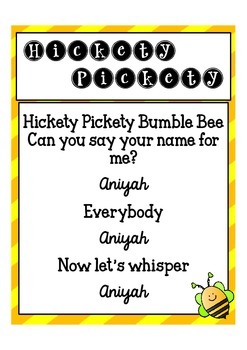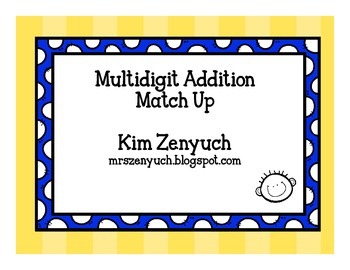Lent can be a tricky time for adult leaders. We want our children to grasp the full power of God's love for them. We want them to know that He gave His Son so that we might be forgiven. It's a powerful idea with some fairly graphic and not so child-friendly images. At the same time, there is such power in understanding this incredible sacrifice, and many of us want our kids to be drawn closer to Him by developing a deeper understanding of this incredible, awe-inspiring love.
The beauty of childhood is that many children already have a bigger understanding of God's love than we realize, because they do not live with the knowledge of limitations that many adults carry with them. For children, God's love being all around them can be a very real thing.
In my return to the classroom this year, I realized that a lot of learning takes place when the teacher sets up the environment and steps out of the way. With that in mind, I've created this Lenten lesson plan for elementary children. It is designed to be started on Ash Wednesday, if you are in a school setting, or on the first Sunday of Lent, if you are in a church.
Introduction:
Leader: Lent is a time when we remember that Jesus made a huge sacrifice, so we could be forgiven. One of the ways we can draw closer to God during this Lenten season is to fast from something. Some people choose to fast from a particular food or food group. Others fast from video games, TV, or something else they do or use daily. Today, we are going to consider the idea of fasting. If you were going to choose to fast, what might you fast from?
Work together with the children to create a chart of things you could fast from.
Activity:
Leader: These are some great ideas of things we could fast from. Now, I want you to think about how you would like to draw closer to God during the next few weeks of Lent. I'm going to turn on some music as we think about which of these choices might be a good fit for us or if there is something else we'd like to do.
As always, we begin with prayer. If we are hoping to spend a few weeks drawing closer to God, we definitely want to begin with a conversation with Him!
When you know how you'd like to focus the next few weeks, pick up an egg & choose a piece of paper and a marker. On the paper, write or draw your choice, then put it in your egg. You can write your name on the outside of the egg, then spend some time in silence. You can pray, think, or meditate.
At the end of the song, we'll bring our eggs together for a group prayer.
Turn on the music and allow the children to complete the activity. Be sure to do the same. A few music options are: Draw Me Close to You by Hillsong, How He Loves by David Crowder Band, and What Wondrous Love is This? by Chelsea Moon. All are available through YouTube.
Closing:
Collect the eggs in a basket and form a circle with the basket in the center. Hold hands and pray. Here is a prayer idea, if you need one:
Father, we thank you for your unfailing love and presence in our lives.
We are so grateful for Jesus incredible sacrifice for us and the forgiveness of our sins. We hope to spend this Lenten season drawing closer and closer to you. Please help us to come to you in prayer each time we would have used whatever it was we are fasting from. Help us to learn from you and know you more and more each day. We love you, and we praise you. Amen.
Easter Celebration:
When Easter arrives, distribute the eggs and reflect on how the fasting experience helped you draw closer to Christ. You might consider spending some time drawing or writing about the experience. In a school setting, this would be a great journal or free writing piece.
Here are a few reflection questions you could use in small or large group:
- Were you able to fast the whole time?
- What did you do when you REALLY wanted the thing you were fasting from?
- How did this help you grow closer to Christ?
- In what ways does this compare to Christ's sacrifice for us?
Alternate:
Of course, this idea came to me on Good Friday, so if you don't want to wait a whole year to try it, you might consider doing something big (no TV, no technology etc) just for the weekend. Of course, it becomes important in this case to remind children not to fast from food, water, or any other basic needs for the whole weekend. This would also be a great option for something to do as a whole family!












